Keeping your swimming pool clean and clear can be a tough job, especially if you don’t have the right chemicals. Keep the basics on hand for regular maintenance, as well as anticipated water problems.
This blog post lists all of the pool chemicals that every pool owner should be familiar with; at the end is a short list of pool chemicals that should be kept in stock.
Sanitizers:
As the name implies, sanitizers clean and disinfect your pool. There needs to be a certain amount of sanitizer in your pool water at all times. If sanitizer levels fluctuate, your pool will be at risk for developing problems. Chlorine is the most common form of sanitizer and comes in different forms, like liquid, tablets, or granular. Bromine, another type of sanitizer, works best in warm water, so it is a popular choice for hot tub owners.
Trichlor: 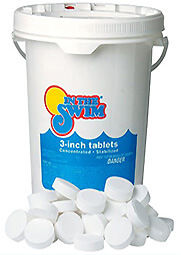
Trichlor — available in tablets or sticks — is a solid chlorine that contains 90% available chlorine. This makes it the highest chlorine content product you can purchase. Trichlor is best used for daily maintenance, due to its high chlorine content and easy to use tablets. When placed in a chlorine float, the trichlor tablets dissolve over time, steadily releasing chlorine into your pool. Another perk of trichlor is that it is a stabilized chlorine. Meaning it contains Cyanuric Acid, which protects chlorine from the sun’s UV rays, prolonging its effectiveness.
Sodium Dichlor:
Dichlor — available in granular form — is usually in granular form and contains 56% available chlorine. Dichlor also contains Cyanuric Acid, making it a great choice for outdoor pools exposed to the sun. However, dichlor contains more Cyanuric Acid than trichlor, making it not the best option for daily use. On the flip side, if your pool water is low in Cyanuric Acid, using dichlor will quickly raise the level until it is back within its ideal range.
Bromine:
Bromine — available in tablets — is similar to chlorine, but has a few key differences. Chlorine is known for its quick sanitizing abilities, but also for its quick depletion rate. Bromine, on the other hand, is much more stable than chlorine, especially in warm water. This makes it a top sanitizer for hot tubs and spas. However, bromine can be a burden on your wallet, as it often costs double the price of chlorine.
It’s important to note that bromine and chlorine cannot be used together. If you use a chlorine sanitizer in your pool and want to switch to bromine, or vice versa, you will need to fully drain and flush your pool and equipment before switching.
Oxidizers:
Oxidizers, also known as pool shock, are the powerhouse pool water cleaners. They are used for heavy duty, targeted sanitizing treatments. Pool shock is commonly used before and after heavy pool use, after extreme weather events, or following any scenario where your pool water is exposed to contaminants. But you don’t need to wait for a rainstorm or big party to shock your pool. If you routinely use your pool, it is recommended you use an oxidizer every couple of weeks to maintain cleanliness.
Calcium Hypochlorite: 
Calcium Hypochlorite, better known as cal-hypo, is a fast-acting oxidizer that wipes out algae, bacteria, chloramides, and other contaminants, in addition to boosting chlorine levels. When using cal-hypo, be mindful of your pool water’s pH level. Cal-hypo will raise pH, so it’s best to start with a low pH before adding shock. Because of the high chlorine content in cal-hypo, you should wait at least 12-hours after shocking before getting in the water.
Chlorine-Free Shock:
Besides the obvious lack of chlorine, chlorine-free shock differs slightly from chlorinated shock. Also called potassium monopersulfate, oxone, or potassium peroxymonosulfate, chlorine-free shock dissolves immediately in the water and leaves zero residue. This means you can get back into your pool almost immediately after administering this type of shock. Chlorine-free shock is also the only option to use if you use a bromine sanitizer. Because, if you recall from a few paragraphs above, chlorine and bromine cannot be combined.
Water Balancers:
Pool water balancers are used to increase or decrease the chemicals within your pool water. They aid in maintaining an ideal water chemistry balance in your pool. Testing your pool water weekly will keep you on top of how often you need to use water balancers.
pH Increaser & Decreaser: 
pH is an important chemical to have balanced in your pool water. If the pH level falls below 7.2 ppm, use pH Up to increase the level. To decrease the level, if it gets above 7.6 ppm, pH Down will lower pH about three clicks, from 7.8 to 7.5, in 10,000 gallons of pool water.
Alkalinity Increaser:
Total Alkalinity is another key chemical in your pool water, and works in tandem with pH. If TA levels fall below 80 ppm, use Alkalinity Increaser to raise TA by about 10 ppm, in 10,000 gallons of pool water.
Calcium Hardness Increaser:
Calcium hardness refers to how soft or hard your pool water is. If the scale tips too far in either direction, your pool can be damaged. If the calcium hardness level dips below 150 pm, add Calcium Increaser. One pound of Calcium Increaser will raise CH by 10 ppm, but always refer to the packaging for the proper dosing amount
Chlorine Neutralizer:
A chlorine neutralizer will decrease the chlorine concentration in your pool if it gets too high. One pound of Thiosulfate will lower free chlorine levels by about 10 ppm, in 10,000 gallons of pool water.
Chemical Combo Packs:
Pool chemical packages are kits that contain all of the basic pool chemicals you will need. Including chock, chlorine tablets, algaecide, and more. They are a great value and an easy way to get everything you need all in one go.
Specialty Chemicals:
Specialty chemicals are the chemicals you hopefully won’t need regularly, but they are invaluable if you experience pool water chemical issues.
Algaecides:
Algaecides are either copper-based or non-metallic polymers. They help prevent algae growth and help eliminate algae if it does develop. Keeping pool shock and an algaecide on hand is the best way to stay ahead of any algae problems.
Clarifiers & Flocculants:
Pool clarifiers help clear your pool water of dirt and debris by clumping particles together, making them easier to filter or vacuum out. Similarly, flocculants attract particles into heavy clumps that sink to the floor for vacuuming to waste.
Enzymes:
Pool enzymes like Pool Perfect break down oils and other forms of non-living organic contaminants in your pool water.
Filter Cleaners:
Filter cleaners are used to clean sand, D.E., and cartridge filters. These cleaners help your filter run smoothly by removing oils, minerals, metals, and other filter clogging debris.
Phosphate Removers:
Products like PhosFree break down phosphates in the water. Phosphates are the main food source for algae.
Stain/Scale Removers:
Prevents or removes surface stains, scaling, and colored water due to minerals and metals in the water.
Tile and Vinyl Cleaner:
Tile and vinyl cleaners remove oils and grease build up around the waterline, or on furniture, skimmers, diving boards, and slides.
Startup Kits and Closing Kits:
When it comes to opening and closing the pool, or stocking up for the season, check out our chemical value packs that contain everything you need!
What Chemicals Should Be Kept On Hand?
As a minimum, the average pool should keep the following chemicals on hand. Even if you use a salt chlorinator, you will need these other pool chemicals from time to time:
- Chlorine tablets and pool shock
- Pool pH Up and/or pH Down
- Test strips or test kit
Every pool will also need chemicals to raise calcium, Cyanuric Acid or alkalinity levels, usually once per year. Clarifiers, enzymes, algaecides can be an important part of the overall routine, and are especially handy when you’re in a pinch!
There’s a lot to learn when it comes to pool chemicals! You may not need them all, but it’s important to understand what they do, so that when you do need them, you know which chemical to use!
Safe swimming!

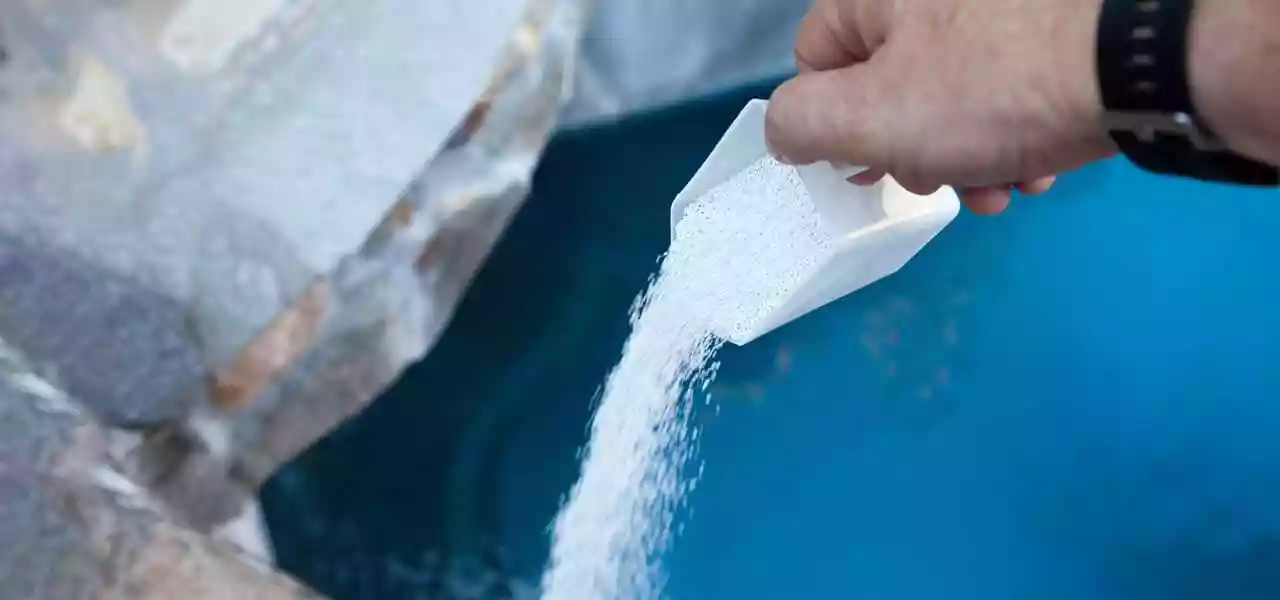
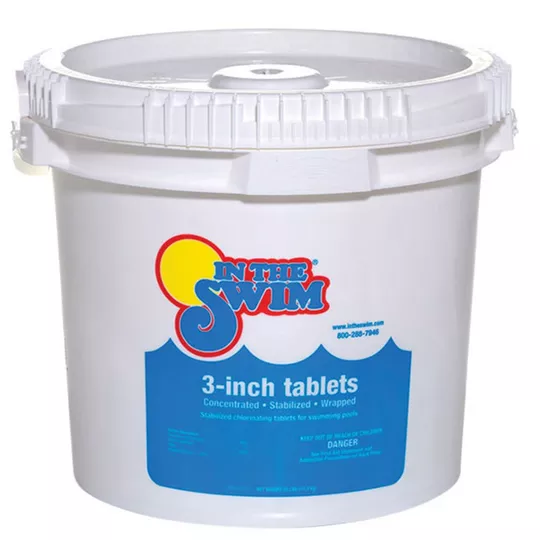
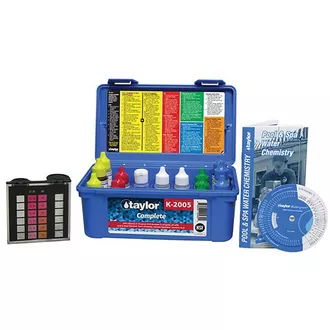
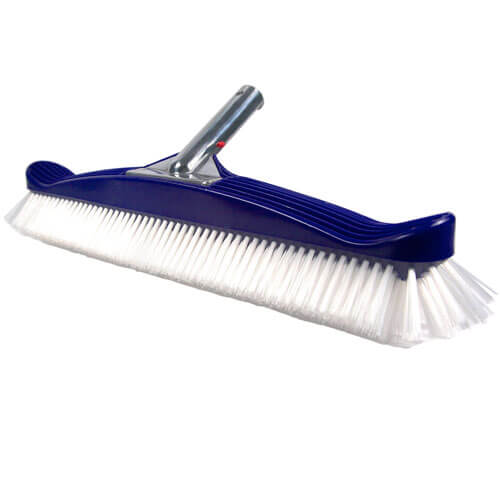

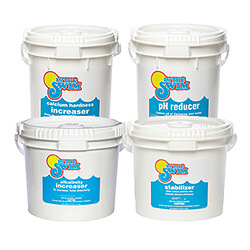

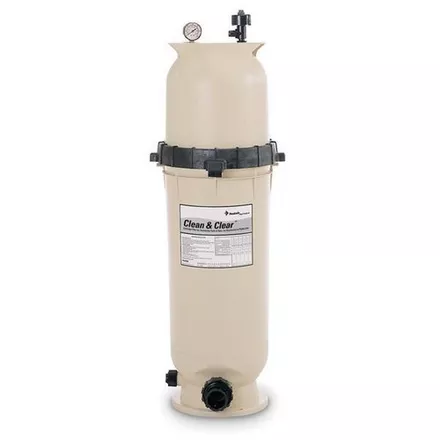
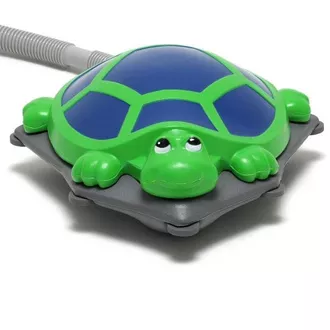
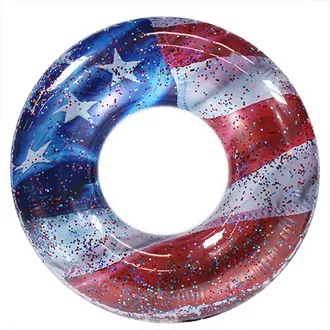

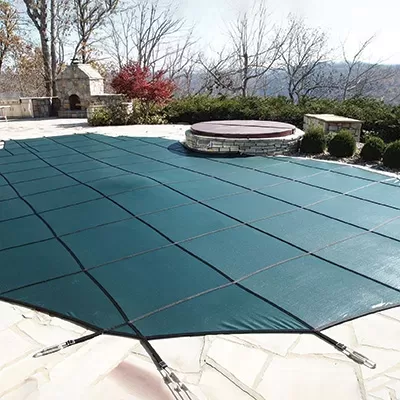
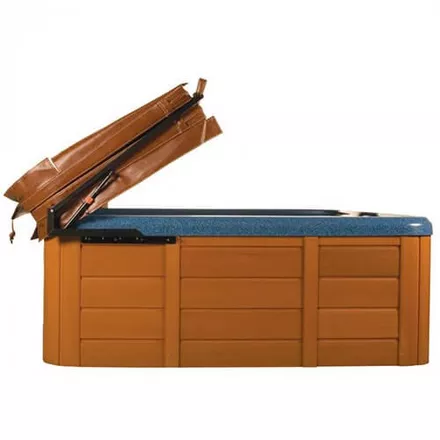
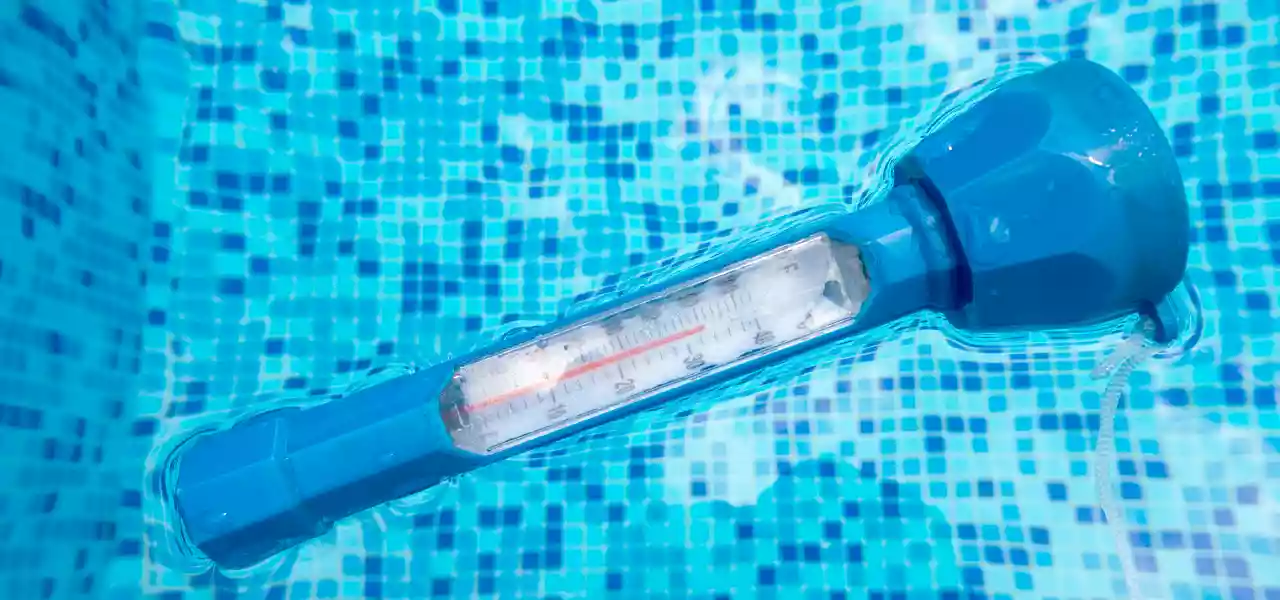
Hi Dave, I just bought and filled the 10×30 pool last night I was so overwhelmed with all the chemicals in the store I cheated a bought a starter kit. After everything I read I think I’m still missing something chlorine tabs perhaps need to be purchased in addition to this kit which has PH +, PH -, alkalinity,shock and test strips. ps kids wanna swim today is there a wait time after adding chemicals to swim?
Hi Terri, you will need chlorine tablets, which is the best way to maintain a consistent and constant level of chlorine in the water, day and night, 24/7. Adding chlorine intermittently creates peaks and valleys of chlorination, which is sub-optimal. Use one 3″ tablet in a chlorine floater as your daily sanitizer, and then use 2 oz. of granular chlorine each week, to super-chlorinate the water. And yes, maintain the pH and alkalinity, very important for chlorine efficacy (potency). For wait time, only need to wait after adding granular shock, see package label for more info.
I have a 24 ft above ground pool with vinyl
Liner and cartridge filter. I always buy the In then swim opening and close kits and use the 3 inch chlorine hockey pucks. The last couple years my pool opened with no issues and clear water. This year I’m having issues with getting the water clear and gray gooey scum like in the pool and the same gray buildup on the cartridge, on the inside of the filter and in the skimmer housing. The texture is almost like mud and is very difficult to remove from anything. I’ve had the steer tested 3 times and each time they say it’s perfect and to keep running the filter for 24 hours, which I’ve been doing. There is also foam on the water surface that appears dirty. We cannot see the bottom but the water is blue in color. I’m trying to figure out what this gray gooey reissue is and how to remove it from the inside of the filter as well as everywhere else in the pool. And also how to prevent this from happening again.
Kevin, that’s a stumper! Gray, gooey residue. Does not ring any bells, unless you happened to add a biguanide chemical (like Baquacil), which is a non-chlorine pool treatment that does not play nice with chlorine. Or if someone has pranked you, and put some gooey gray substance in the pool? Not a common problem, I’m sorry! Try a Clarifier, or even better Pool First Aid, a mixture of enzymes and clarifiers – that might solve the problem.
Hello,
We are installing a used 24′ above ground pool, estimated at 13K gallons. I’m new to pools and am trying to get a good handle on chemicals to start the pool as well as maintenance chemicals. Help!
1. Add chlorine tablets to the floater, replace when depleted. Use enough to produce a consistent 1-2 ppm chlorine level, as verified by your test kit or strips
2. Test water daily for a few weeks, to get used to it, then 2 or 3x per week.
3. Run the filter nearly at least 12 hrs daily. You’ll need more filtering in the hotter part of summer, or for high use, or if water looks poor.
4. Skim the surface and brush the floor regularly, as needed, or weekly. Vacuum the floor or use an automatic vacuum.
5. Clean the filter regularly, as needed, when the pressure rise 7 psi +, or flow is noticeably diminished.
6. Add Clarifier weekly, per label dose
For a 24′ round, Here’s a shopping list.
1. 3″ chlorine tablets, 50 lbs item C3050
2. Chlorine floater item A2605
3. Pool Shock, 12 lbs item Y8010
4. Clarifier 1 Qt item Y2000
5. Algaecide 1 Qt Y1000
6. Taylor Troubleshooter test kit item A8270, or 7-way test strips, item A8020.
7. If your pool is in a sunny area, some starter stabilizer will save you money on chlorine. Add 3 lbs of cyanuric acid per 10K gals, item Y7500
You may also need some pH adjustment chemicals, but possibly not, if your pH stays within 7.2-7.8 range.
7. Add Algaecide weekly, per label dose
8. Add pH increaser or pH decreaser, as needed to maintain pH in 7.2 – 7.6 range.
Hello, I’m gonna be doing a Coleman 22ft 11000 gal pool.
What are the basics I need to get started with chemicals?
What’s a good test kit?
What chemicals should I have on hand?
What’s a good coating chlorine dispenser for a pool this size?
I’m new to the pool game, and just looking for a head start, thank you.
For Intex Pools:
1. 3″ chlorine tablets, 25 lbs item C3025
2. Chlorine floater item A2605
3. Pool Shock, 6 lbs item Y8005
4. Clarifier 1 Qt item Y2000
5. Algaecide 1 Qt Y1000
6. Taylor Troubleshooter test kit item A8270, or 7-way test strips, item A8020.
7. If your pool is in a sunny area, some starter stabilizer will save you money on chlorine. Add 3 lbs of cyanuric acid per 10K gals, item Y7500
You may also need some pH adjustment chemicals, but possibly not, if your pH stays within 7.2-7.8 range.
Thanks for explaining that products we can use to kill existing algae in a pool and keep it from coming back. My husband and I are looking for a contractor to remodel the run-down swimming pool in the back yard of the home we purchased earlier this month. I’ll use the info you shared to keep our pool in good shape after the remodeling work is done!
I have a 15ft easy set up Intex pool that is very green. And keeps getting green after I get it to clear up. What can I use to get the water back clear and keep it that way.
Hi, might want to just drain the pool, and start over? Then use tablets in a floater to keep a constant and consistent level of chlorine in the water, day/night, 24/7, all the time. Along with a good pH level (not too high), of 7.2-7.4. Run the little pool filter 24/7, or at least 18-hrs per day, every day. Keep the pool clean and clean the filter when needed and replace the cartridge every 30-60 days. Shock the pool once per week, with 1/2 lb of pre-dissolved shock.
I just bought a 15ft 5k gallon intex vinyl pool I set it up 2 days ago to begin with even though it’s new fresh water it has a greenish tone already.. I just bought the chloride tablet and put it in the floating dispenser inside pool. I also bought algicide 50% and shock plus.. can you tell me when do I start using those chemicals? and put them in like at night leave the pump on and can I put them both together?
Hi Megan, since the water looks a bit greenish, I would start with the shock, running the filter 24/7 until it looks clear and blue. Add enough according to the label, a dose to match your pool size, which is just 1 lb of shock plus, in most cases. Keep a chlorine tablet in the floater at all times, replace before it dissolves completely. Use enough tablets to maintain a constant and consistent level of 1.0 – 2.0 ppm of chlorine, in the water, at all times, day/night. Run the filter everyday, for 12, 18 or 24 hours if needed, to keep the water clear. add an initial algaecide dose, following label on bottle, and then weekly maintenance doses. You may find a Clarifier to be helpful, also added weekly, to help your (small) filter.
Hello,
I’m setting up a Summer Waves 14×42 pool that holds approximately 3,500 gallons. I went to the local pool store and they sold me: shock, chlorinating granules, and chlorine tablets. I was told to mix the shock in a bucket and add to the pool after it is filled. The chlorinating granules are to be added daily (4 oz per day) and the chlorine tablets stay in a floater constantly in the pool. Would I need to add the granules and tablets immediately after shocking? Also, if I leave the filter running is it safe to swim after 24 hours? Is there anything else I will need or need to do?
Thanks!
Hi Damian, The tablets should be used to maintain a daily level of chlorine in the pool, probably just one tablet per week is all you will need. The chlorine granules, probably you can use it only twice per week, if the water is looking OK, to boost chlorine level if needed. If you had shocked the pool, you don’t need to add the granules (which is also a form of ‘shock’). Yes safe to swim after 24 hours, or sooner perhaps – the concern is with any undissolved granules that may still be floating around… enjoy the pool!
We just bought, and are currently filling, a 18′ x 48″ round above ground (Coleman) pool. What chemicals and in what order do I use? Please help! To say I’m a bit intimidated would be an understatement
Hi, you need, most importantly, a constant and consistent level of chlorine in the water, 24/7, until you close the pool in the fall. Use 3″ chlorine tablets, in a chlorine floater, using 2 tablets per week, or whatever the number is to achieve a consistent and constant level of chlorine of 1.0-2.0 ppm, as verified by your test kit or test strips. Secondly, use 2 lbs of pool shock, every two weeks, predissolved in a bucket of water and then poured in the pool, to keep water sanitary. THird, maintain a pH level of 7.2-7.6, adding pH increaser or pH decreaser as needed, to adjust pH level. Fourth, use a clarifier chemical weekly, to assist your pool filter. Use an algaecide chemical (quickly) if you notice algaecide beginning to grow. Finally, run the filter 12-18 hours per day – if you try to save money with less filtering, you’ll pay more in chemicals.
Hi
I have inherited a pool in my new home. The pump has been running – the water seems clean. Right now I just have the long skimming pole, no idea about the size of pool- its a regular smallish pool.
Where do I start – what all chemicals do I need to get started. Do I get this starter kit from a local pool supply company:
– Chlorine Tablets, 3″ size
– Chlorine Shock, 1 lb granular Cal Hypo
– pH increaser, Soda Ash
– pH decreaser, Sodium Bisulfate.
– Cyanuric Acid, Stabilizer or Conditioner
– Test kit or test strips
Thanks
Sam
Hi Sam, that’s a good starter kit, you use tablets everyday and shock every few weeks, or if the water turns bad. The cyanuric is to protect chlorine from the sun, and pH chemicals to adjust pH as needed, to keep it around 7.4. use enough chlorine to keep the level constantly around 1.5 ppm, 24/7. Run the filter everyday too, 12 hrs per day +/-. Brush, vacuum, skim and empty the baskets (pump and filter) regularly. And backwash or clean the filter when the pressure gauge rises 7-9 psi. Have fun! 🙂
Hi! I’m hoping you can help. My ex pool guy was telling me he used “soap” in the pool – he had no other word for what it was. Have you ever heard a chemical referred to this way? Any idea what it would be?
Hi, not sure what that would be – unless he meant ‘soda’, which could be soda ash or pH increaser. Soap is the last thing you want in your pool! 🙂
If my tester says ideal chlorine/bromine levels for a pool are 2-4 and all other levels are at the ideal levels, how do increase this specifically?
How to increase chlorine level specifically? Add chlorine! 🙂 Liquid or granular will raise it fast when needed, or tablets or pump fed liquid is used for daily constant and consistent chlorination. Add enough until the readings or tests are good, if too high, take out a tablet, and if too low, add another tablet.
Hi, I was told I need a dry acid can you tell me if that is needed if you have 3 in 1 chlorine tablets….also what is Diatomite Filter Media for pools used for? I have balance Pam 300 what is this for? I have calcium increased what is this? Sorry, I am a beginner in the pool owner. My pool is a 25 000 gal viral liner in ground.
Hi Patti, dry acid is used to lower the pH level, which is best in the 7.2-7.6 range. Higher than that and chlorine becomes less effective, and algae prefers higher pH levels. Not related to the 3-in-1 tablets. DE powder is added to the skimmer after backwashing a DE filter – it is what actually does the filtering, without DE powder in a DE filter, it will clog up quickly, and the pressure will rise very high, and flow rates will drop very low, and then… cloudy water and algae. Not sure what Pam 300 is, but the product label should give you a clue. Calcium Hardness increaser is used to raise the water hardness in a pool, to raise it when it is below 200 ppm. You’ll have to test the water for calcium hardness level, to know if more Calcium is needed.
Hi We have a 10m x 5m pool that has been re-grouted & refilled.Once l have the balance correct; how many tablets do I need to use, per week,
to maintain it. The depth is 1m down to 2m.
The number of tablets that you need… is determined most accurately by your test kit. Generally use 1 tablet per 8000 gallons, per week, but your test kit will tell you for sure, because water conditions at different times of year will require slightly more or less tablets per week. The average pool uses 4-8 tablets, depending on size and season and level of stabilizer. Start with 2 or 3 or 4 tablets and test the water – and if the chlorine is 1.0-1.5 ppm, that is the right amount. But if the level is lower, use more tablets, and if it is (much) higher, use fewer tablets. Your test kit will tell you 🙂
I just bought a house with a pool, however I dont really know which chemicals must I use to clean it. The water is green with algae so m just in the dark. Please help
Hi, this blog post is a good place to start. Get a good test kit, like the K2005 by Taylor, and start to understand your pool ph, alkalinity, hardness and chlorine levels. Right now, for the algae, you need good (low) ph of around 7.2, and lots of granular pool shock, maybe 3-4 lbs per 10000 gallons (you also need to know how many gals is in your pool). Kill the algae, then brush and vacuum and skim the surface to keep it clean, all while running the filter pump and filtering the water 12 hrs/day more or less, depending how effective your filter is at removing fine particles. And from that point forward, maintain a Constant and Consistent level of chlorine in the water, using chlorine tablets and granular shock when needed, with a suitable ph of 7.2-7.6, – Lots to Learn, keep reading our blog!
Hi perhaps u can help me i have the same problem but my pool is a bestway 14ft round steel pro frame and i need to know what chemicals to buy i have the chlorine tablets but as far as the rest to keep the water clear and what not also i have to small holes in the bottom thanks to the pests i have rabbits and or goffers how or what do i use to seal the small holes please help
Hi Andrea, tablets in a floater for everyday chlorination – check! You also need granular pool shock, to supplement the tablets, if water looks hazy or greenish, or if chlorine gets low, or if filtration suffers, or after a party, lots of reasons. Also pay attention to pH level, test regularly, and adjust, up or down as needed, to keep pH level between 7.2 and 7.4. This range helps your chlorine to work more effectively. Now because your pool filter may be small, it should run often if not all the time. You still may need to use algaecide and clarifier, following label instructions, adding a few ounces per week, to assist your chlorine and help a struggling filter, especially when the weather gets warm. So, be vigilant with chlorine level and pH level, add clarifier and algaecide weekly, and shock the pool with 1 lb of pool shock every few weeks, or as needed. Your pool has about 3500 gallons, by the way. For the small holes in the pool, you can use a standard vinyl patch kit, and glue on a patch, but I find the EZ Patch 28 easier to use, just squeeze out like toothpaste, underwater and smooth it over the (cleaned) area. For larger holes, glue a patch on the back side of the vinyl, and use the ‘squeeze patch’ on the pool side.
Hello so I bought a intex 12′ by 36 pool and I’m so confused on what chemicals to use I have 3-1inch chlorine tablets in the filter but I’m not sure how much of the shock to put in the pool seeing as though the pool is small and says it hold 1,485 gallons. I also have he non chlorine oxidizer which says to put 1lb for every 10,000 gallons how much of that should I put ? Or should I buy the chlorine shock instead ? I Want to make sure the water is sanitized and safe to go into the pool.
Hi, you need a test kit, if you dont’ have one already. Use enough tablets to create a consistent and constant 1-2 ppm of chlorine in the water. Your test kit will tell you if you are using too many or not enough tablets. For the shock, either is OK (non-chlor or chlorine, but chlorine is best for algae killing, but both are suitable for bacteria and chloramine oxidation). Since it’s 1 lbs to 10K gallons, you only need about 1/5 of a pound, unless water conditions are bad, then maybe 1/2 lb, or if really bad – perhaps the whole bag. If using less, be sure to seal the bag very tightly, clamping with several paperclips, and keeping in a cool, dry place with no chance of spilling or contamination. Also important for overall water health is your pH level, Test every few days and adjust as needed, with pH up/ ph down chemicals, to keep the pH around 7.2-7.6. If you have trouble with this, check the total alkalinity level, it may be too high or too low.
Ms. Silvestri, I have an above ground 10,000 gallon pool what do you recommend as far what chemicals and their quantities I should use. Thank you for your help
Hi Leon, Every pool has its own chemical needs, but there are some shared chemicals that all pools need.
1. Chlorine Tablets, 3″ size, used in a chlorine floater. Use enough tablets (2-3 depending on water temp), to maintain a constant 1-3 ppm chlorine, confirmed by regular testing. Probably need 25 lbs per season
2. Chlorine Shock, 1 lb granular Cal Hypo. Use 1-2 bags, added by first pouring the bags into a 5 gal bucket of water and stirring to dissolve, then pour around pool. Used to kill visible algae, or to remove combined chlorine, kill bacteria missed by the tablets. Also useful if you run out of tablets and forget to refill the floater, add 1 bag (pre-dissolved to protect the liner) to raise chlorine level fast, then refill the floater and it will catch up. Probably need 12 bags per season.
3. pH increaser, Soda Ash. Use to raise the pH level if it gets too low. Probably need 10 lbs per season. Keep pH at 7.2-7.6
4. pH decreaser, Sodium Bisulfate. Use to lower the pH level and the Alkalinity level. Probably need 10 lbs per season. Keep Alkalinity at 80-120 ppm
5. Cyanuric Acid, Stabilizer or Conditioner. Use to protect the chlorine from the sun. Need 2-3 lbs to raise cya level to 20-30 ppm, per 10000 gals.
Depending on your initial water tests, you may also need alkalinity increaser (minimum Alkalinity is 80 ppm) and some Calcium Hardness increaser (minimum Calcium level is 150 ppm)
You’ll also need a reliable test kit or test strips to test the chlorine and pH levels 2-3x per week, Alkalinity and Calcium Hardness 1-2x per month.
Those are the basics. Some people find that they need to use an algaecide to assist the chlorine in keeping algae under control, and some may need some help from clarifiers to help a small pool filter perform better.
I just bought a 14ft by 42 inch pool.it holds around 3500.oowhat chemicals do I need to treat it
Hi Alan, you will need to maintain a constant and consistent chlorine level, and a good pH level. Chlorine can be added with a floating chlorinator, and a few chlorine tablets. when they dissolve, add two more. Because your pool filter probably is small and not so effective, I would also recommend using a weekly addition of pool algaecide and clarifier, following label dosage.
Hello Ms.Silvestri, I purchased a Bestway 12′ x 36″ Fast Set Inflatable Above Ground Pool w/ Filter Pump and have not a clue what kind of chemicals to use to treat the pool. The pool holds 2200 gallons of water and is all rubber. Please help?
Hi Robert, you can use a chlorine floater with 1-2 chlorine tablets per week to keep the chlorine level up. You will also want to test the pH level regularly, with test strips, and may need to use pH up or pH down to adjust the level. A bottle of Algaecide 60+ would also be advised, to help your chlorine keep the water clear. Also, you can use liquid bleach (unscented) to raise the chlorine level higher, add 2 cups of bleach per week, in the evening, to kill anything that the tablets did not kill.
[…] parts of your cleaner, and aggressive water conditions can oxidize metals and plastics. Don’t shock your pool with your cleaner in the water, and try not to leave it in the water any longer than it needs to […]
[…] for protecting us from harmful bacteria and viruses, they can also have negative side effects. This overview of pool chemicals explains their uses and by reading through it you can see just how toxic some of these chemicals […]
[…] know about them the better. For an easy-to-understand tutorial on pool chemicals, read through this list of chemicals commonly used in pools and their […]